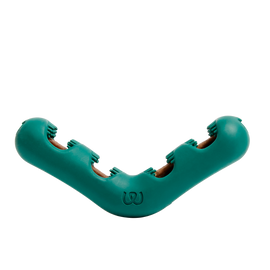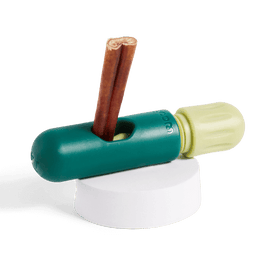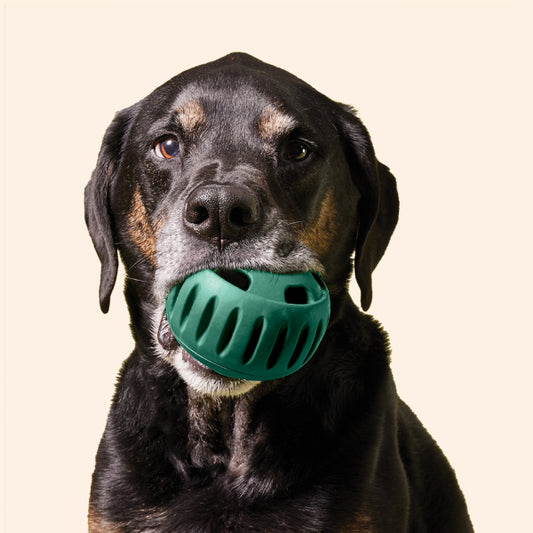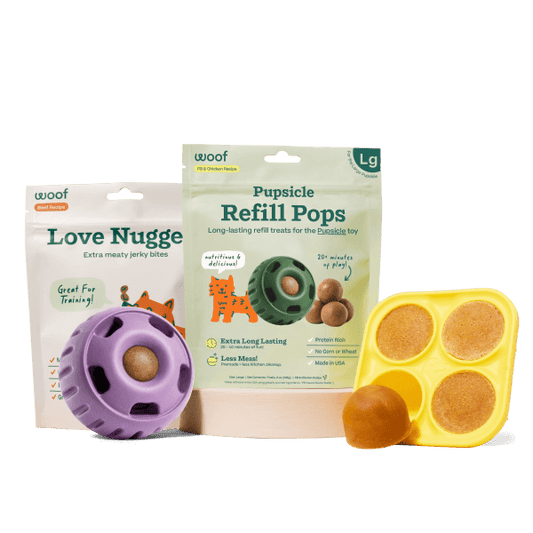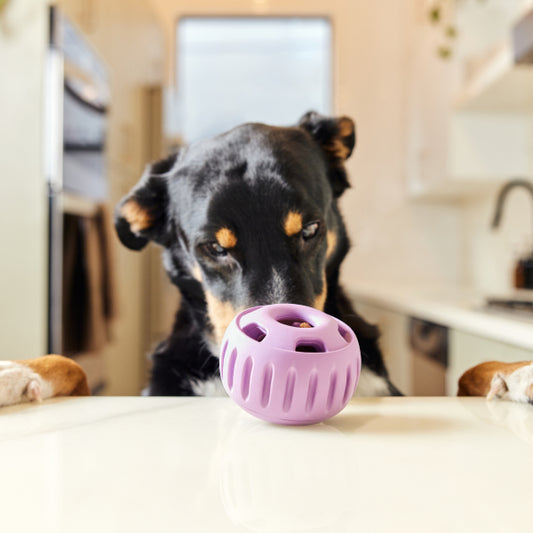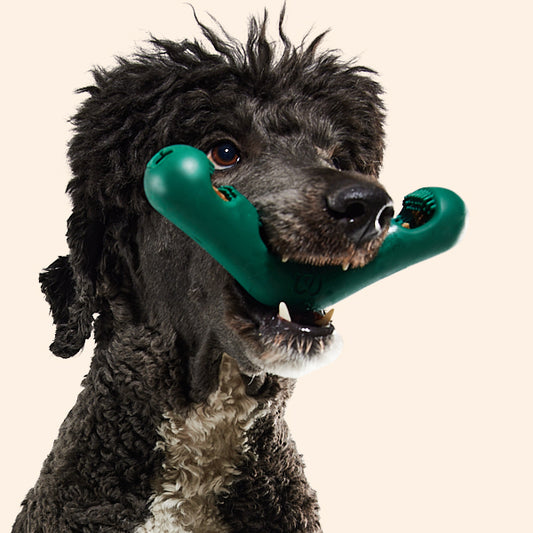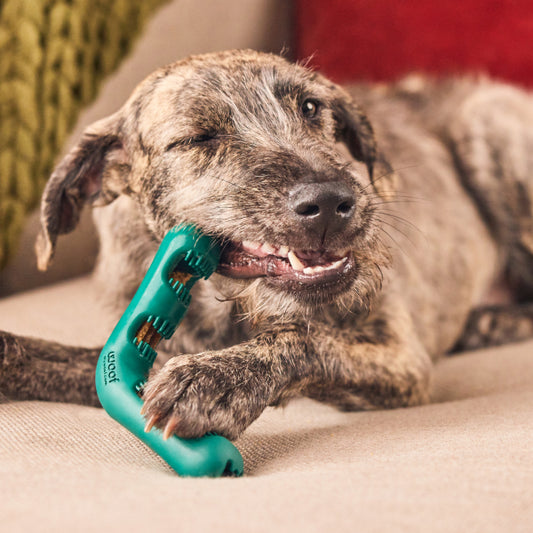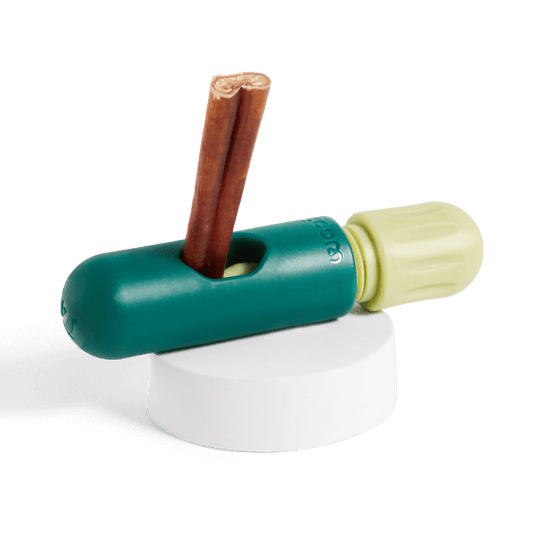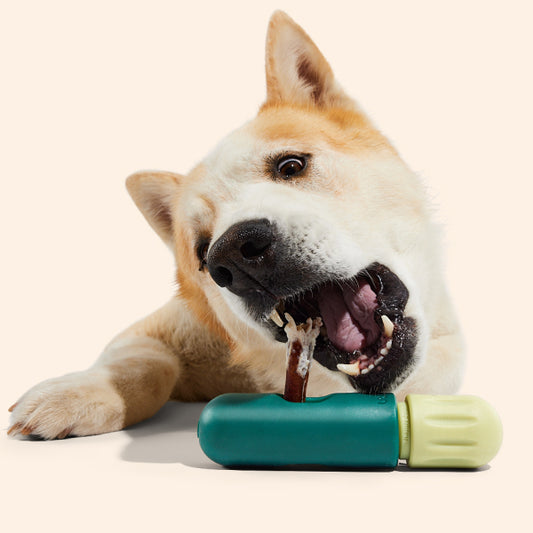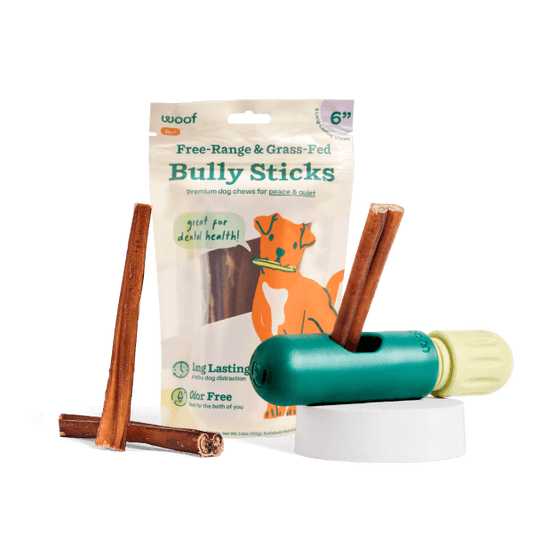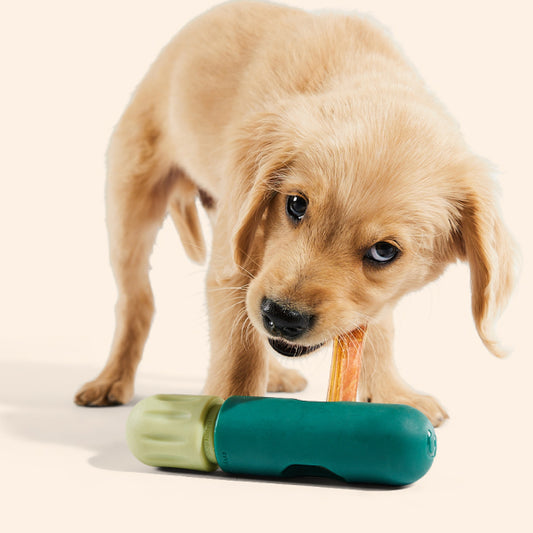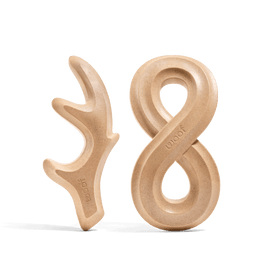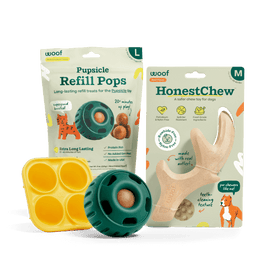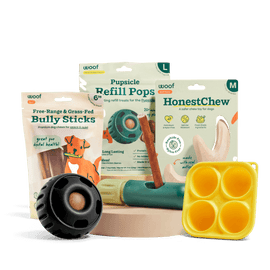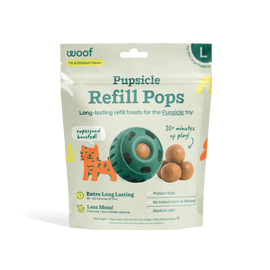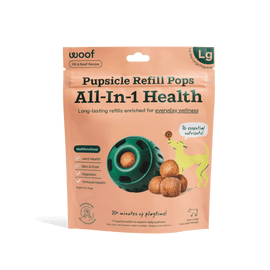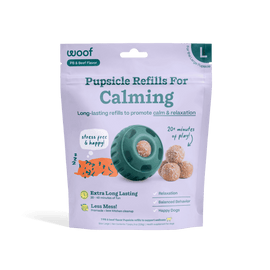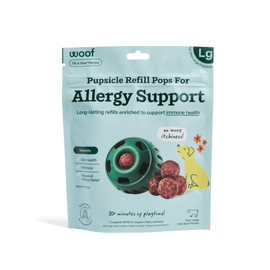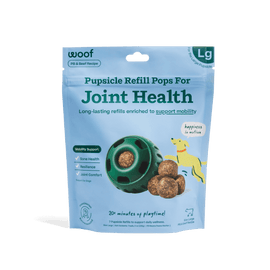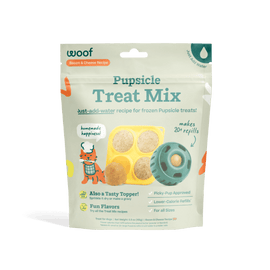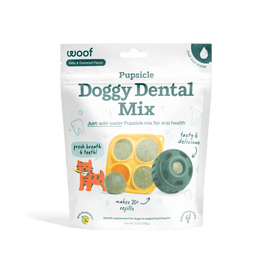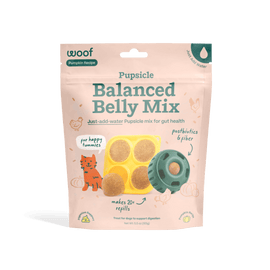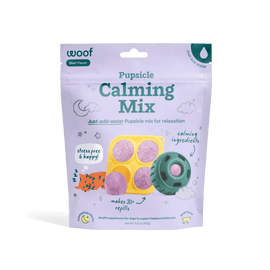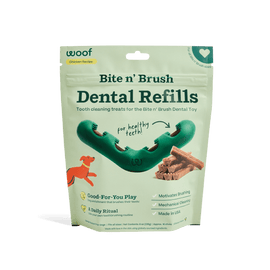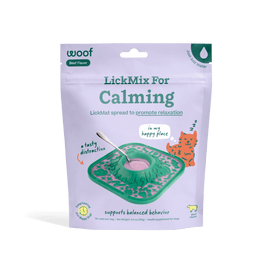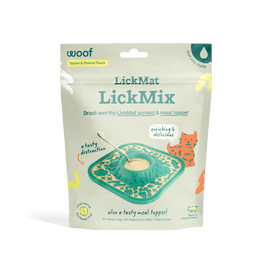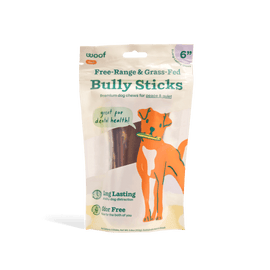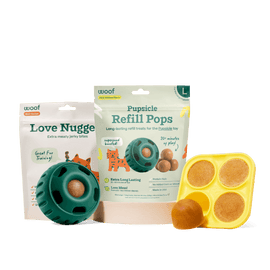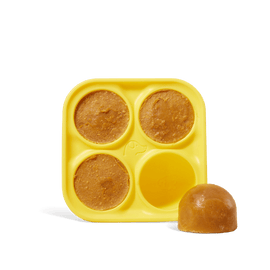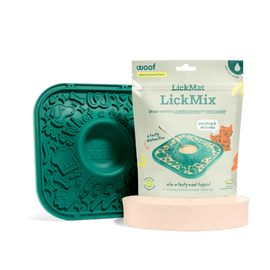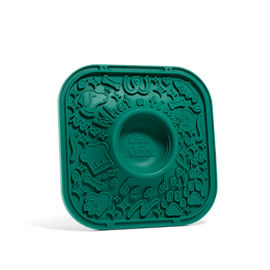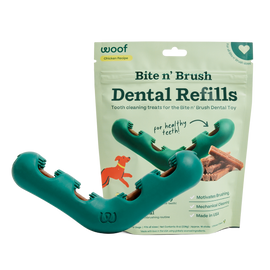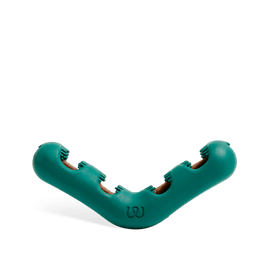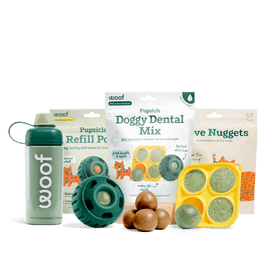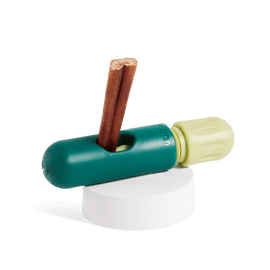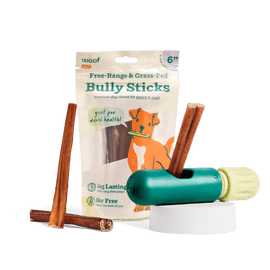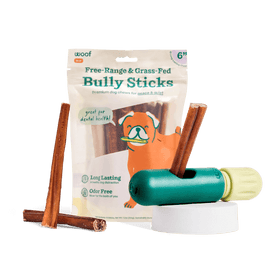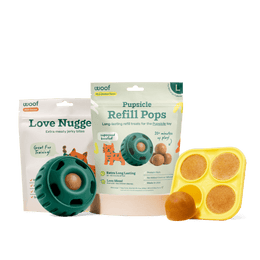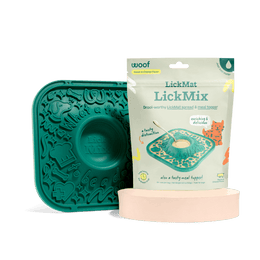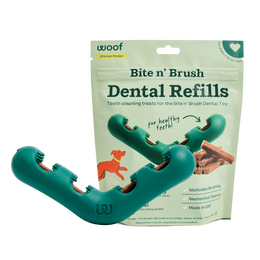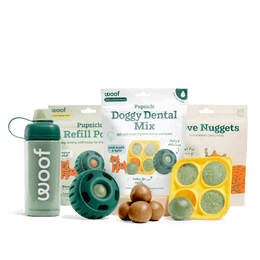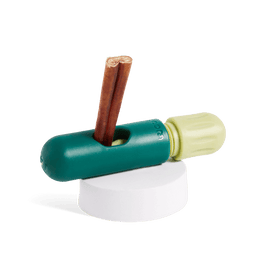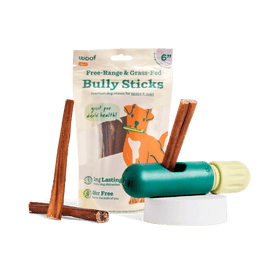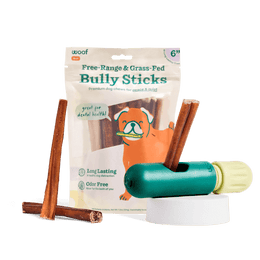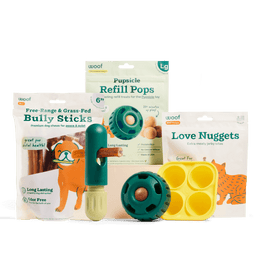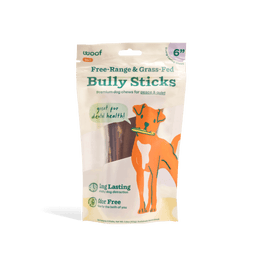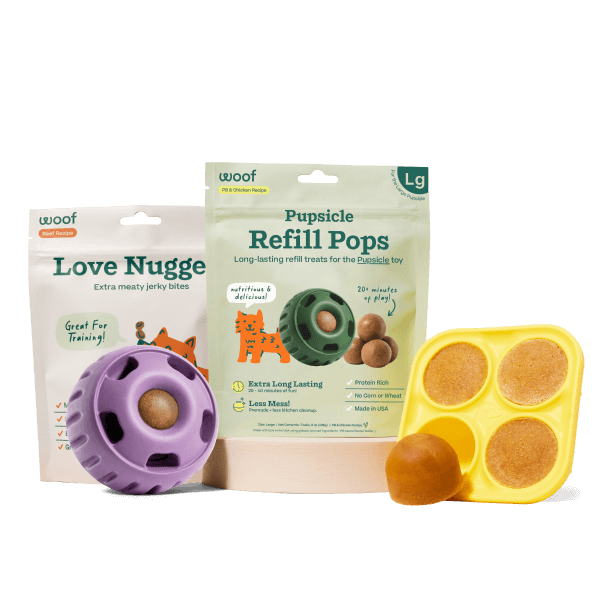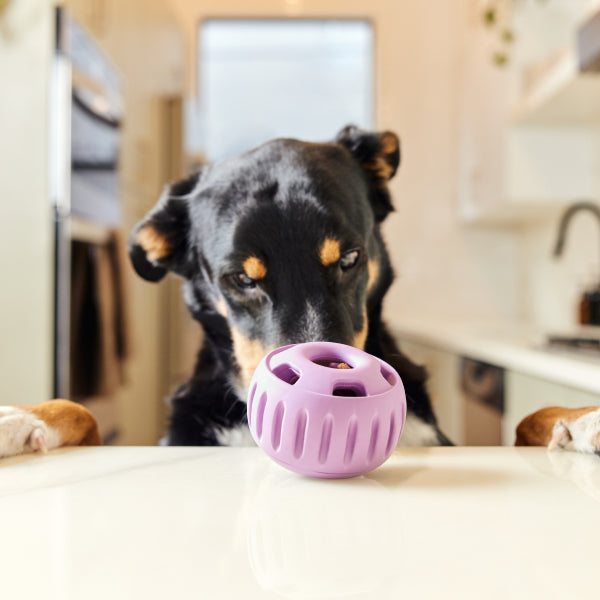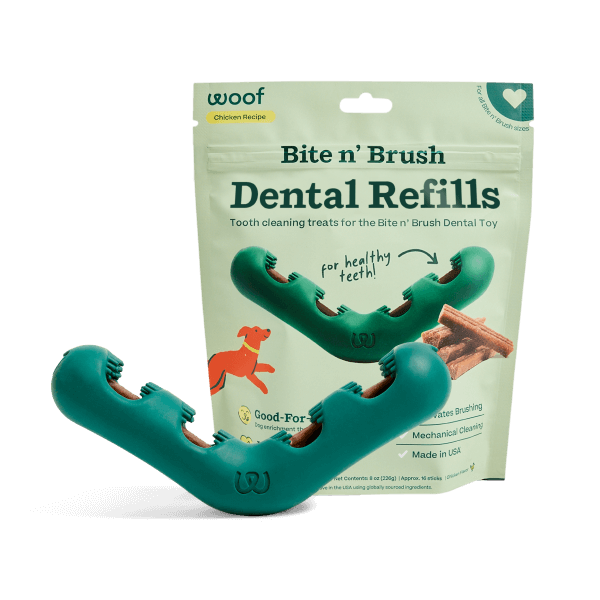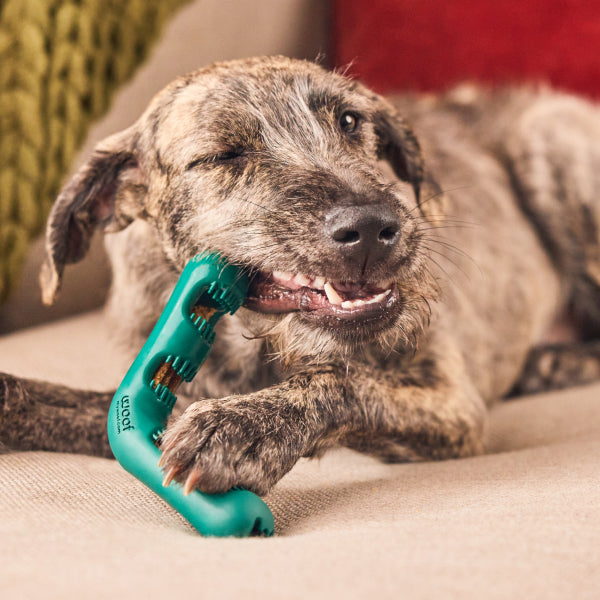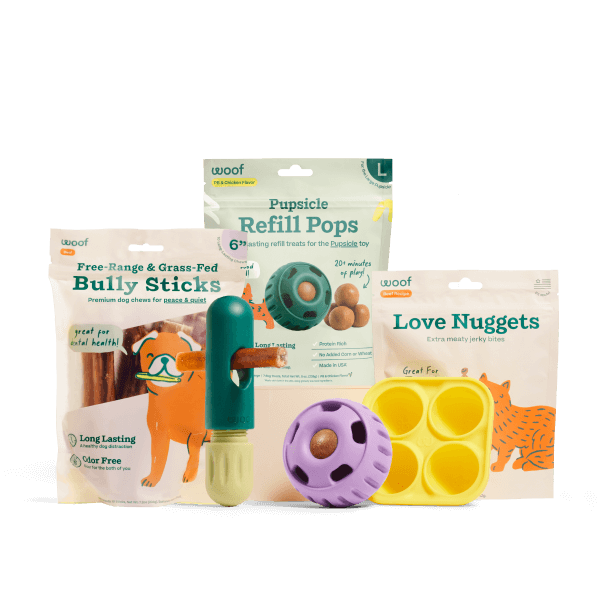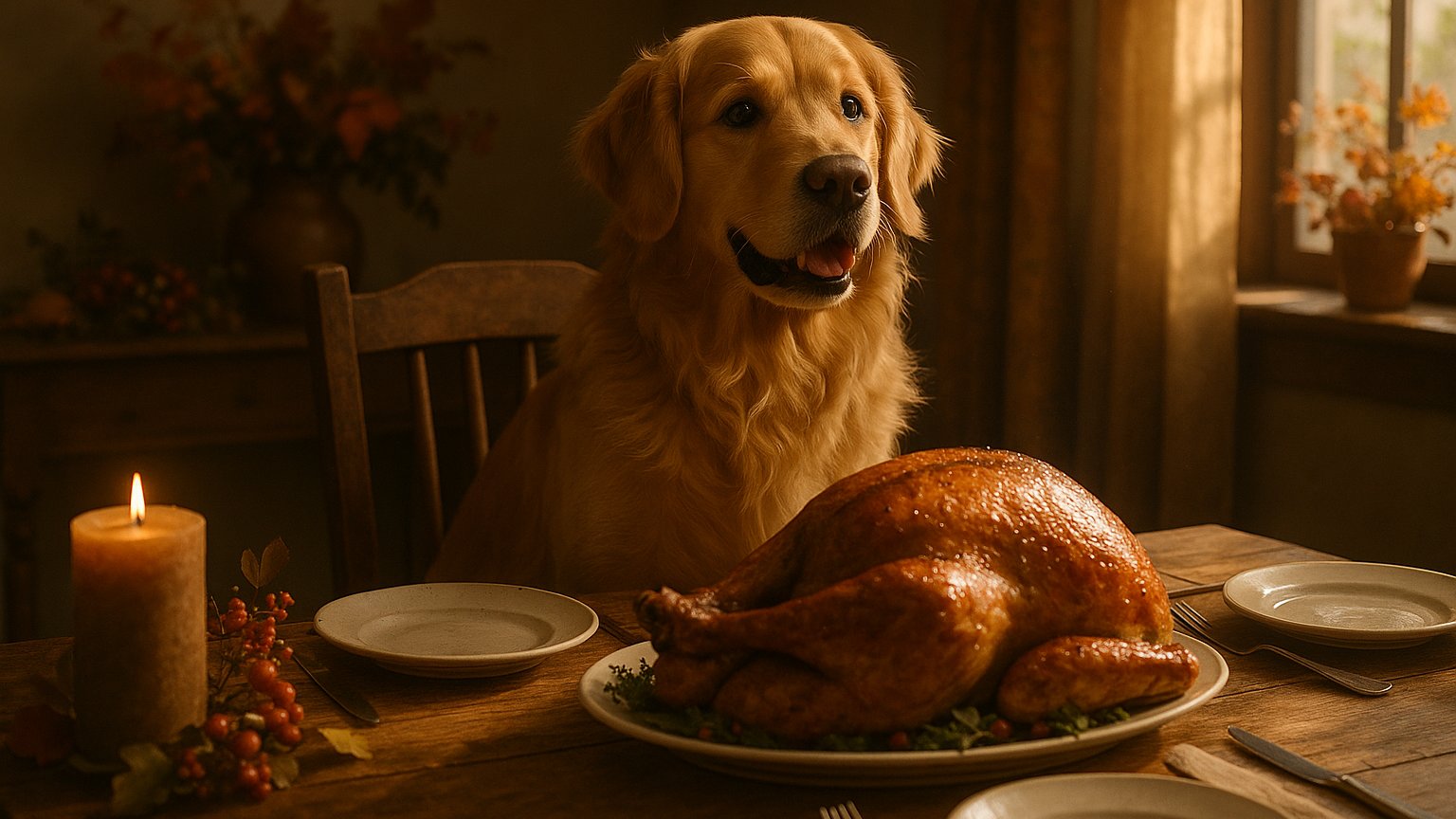
If you've ever found yourself staring at your delicious holiday turkey, then glancing at those big, hopeful puppy dog eyes, and wondering, 'Can dogs eat turkey?' you're not alone. It's a common question, especially around Thanksgiving and Christmas. You want to share the joy (and the food!) with your furry best friend, but you also want to keep them safe and healthy. So, let's dive deep into the world of turkey and our canine companions.
Is Turkey Safe for Dogs?
Yes, dogs can eat turkey—but only when it's prepared properly. Plain, cooked turkey meat is a healthy and nutritious protein source for dogs. However, fatty skin, cooked bones, and added seasonings commonly used in human meals can make turkey dangerous for your dog.
The Benefits of Turkey for Dogs
Turkey is a lean, low-fat meat that's rich in protein, which is essential for muscle maintenance and overall health. It's also packed with vitamins and minerals like B vitamins, iron, and zinc, all of which contribute to your dog's well-being.
What Parts of Turkey Can Dogs Eat?
When feeding turkey to your dog, stick to:
- White meat: Lean and easy to digest.
- Ground turkey: Ensure it's plain and cooked thoroughly.
- Turkey giblets: Liver, kidneys, heart, and gizzard are safe if fully cooked, but avoid the neck due to bone hazards.
Always remove the skin, bones, and any fatty parts before serving.
What to Avoid
Never feed your dog:
- Cooked bones: They can splinter and cause choking or internal injuries.
- Turkey skin: High in fat and can lead to pancreatitis.
- Seasoned turkey: Ingredients like garlic and onions are toxic to dogs.
- Processed turkey products: Deli meats and sausages often contain harmful additives and high sodium levels.
How Much Turkey Can You Give Your Dog?
Turkey should only make up a small portion of your dog's diet. A general guideline is that treats, including turkey, should not exceed 10% of your dog's daily caloric intake. For example, a 20-pound dog can safely have about 2 ounces of turkey.
Safe Ways to Serve Turkey to Your Dog
To safely share turkey with your dog:
- Cook it thoroughly: Ensure there are no pink areas.
- Serve it plain: No seasonings, butter, or gravy.
- Remove bones and skin: Only offer the lean meat.
- Cut into small pieces: Especially for small or senior dogs.
Alternatives to Turkey
If you're looking for other protein sources, consider:
These treats are designed to be safe and enjoyable for your dog.
Conclusion
Sharing turkey with your dog can be a delightful experience, but it's essential to do so safely. By following the guidelines above, you can ensure your furry friend enjoys a tasty treat without any health risks. Remember, when in doubt, consult your veterinarian before introducing new foods into your dog's diet.


